In the competitive world of international trade, businesses constantly seek products that offer a perfect balance of quality, price, and reliability. Among the many sectors that fuel global commerce, construction materials—especially tiles and ceramics—hold a unique position. As architecture and interior design trends evolve worldwide, the demand for high-quality yet affordable tiles continues to rise. In this landscape, Iranian tiles and ceramics have emerged as a strong contender, offering traders and distributors a winning combination of durability, aesthetics, affordability, and cultural heritage.
This article explores why Iran tiles and ceramics are gaining international recognition and why they should be a top choice for global traders. From centuries-old craftsmanship to modern manufacturing facilities, Iran provides an unmatched blend of tradition and innovation that few other markets can replicate.
The Global Tile and Ceramic Market: A Quick Overview
The global ceramic tile market has experienced rapid growth over the past decade, driven by urbanization, modern construction projects, and the desire for cost-effective yet stylish flooring and wall solutions. According to recent industry reports, the market size exceeded US $350 billion in 2024 and is expected to grow steadily as both residential and commercial projects continue to expand worldwide.
Key Drivers of Market Growth
- Rising demand for sustainable and long-lasting construction materials
- Growth in the real estate sector in Asia, Europe, and the Middle East
- Popularity of ceramic tiles in kitchens, bathrooms, and high-traffic areas
- The need for affordable yet high-quality imports by developing markets
For traders, this means an ever-expanding market where suppliers with competitive pricing and high quality—like Iran—can establish long-term dominance.
Why Iran? The Unique Advantages of Iranian Tiles and Ceramics
۱. Centuries-Old Craftsmanship and Heritage
Iran’s history in ceramics dates back thousands of years. Ancient Persian artisans perfected the art of tile-making, producing intricate designs and vibrant colors that continue to inspire global architecture today. This heritage of craftsmanship gives Iranian tiles a cultural and artistic depth that goes beyond functionality.
۲. Competitive Pricing Without Compromising Quality
One of the strongest advantages of Iranian tiles is the affordability factor. Due to abundant natural resources like clay, feldspar, and silica, along with lower production costs compared to European manufacturers, Iran can produce world-class tiles at highly competitive prices. For global traders, this creates a larger profit margin and greater flexibility in competitive markets.
۳. Diverse Product Range
Iran produces an extensive range of tiles and ceramics, including:
- Porcelain tiles – durable, water-resistant, and ideal for high-traffic areas
- Ceramic wall and floor tiles – versatile and cost-effective
- Mosaic and decorative tiles – inspired by Persian art and Islamic architecture
- Outdoor tiles – resistant to extreme weather conditions
This diversity makes it easier for traders to serve different market segments, from luxury interior design projects to large-scale construction developments.
۴. Strategic Geographical Location
Iran’s geographical position gives it a unique advantage in logistics. Situated between Asia, Europe, and the Middle East, Iran provides easy access to major international shipping routes. This allows for faster and more cost-efficient exports, particularly to:
- The Middle East and Gulf region
- Europe (via Turkey and the Black Sea)
- South Asia and Africa
For traders, reduced shipping times and costs directly improve competitiveness in international markets.
۵. Modern Technology and Quality Standards
While Iranian tile production has deep traditional roots, the industry has also embraced modern technologies. Many factories now use Italian and Spanish machinery to ensure products meet international standards of quality, finishing, and durability. These advancements position Iranian products alongside leading global competitors, while still offering a better price point.
۶. Eco-Friendly and Sustainable Production
Sustainability has become a key concern for global buyers. Iran’s tile industry has increasingly focused on eco-friendly production processes, including energy-efficient kilns and recyclable materials. This aligns with the growing demand for green building materials across Europe and North America.
Opportunities for Global Traders
Growing Demand in Developing Economies
Countries in Africa, South Asia, and Latin America are undergoing massive urban development. Affordable yet high-quality tiles from Iran are particularly attractive in these markets, where budgets are limited but demand for durability is high.
Rising Popularity in Luxury Markets
High-end buyers, especially in Europe and North America, are attracted to the artistic value of Persian-inspired designs. Decorative Iranian tiles are increasingly being used in boutique hotels, mosques, luxury villas, and cultural restoration projects.
Flexible Export Options
Iranian manufacturers often provide customized production and private labeling, which allows global traders to brand products under their own name. This flexibility is an important selling point in competitive international markets.
Challenges and Considerations for Importers
Sanctions and Regulations
One of the main challenges when dealing with Iranian suppliers is navigating international trade sanctions and financial restrictions. Traders need to work with reliable logistics partners and ensure compliance with regulations in their target market.
Quality Verification
As with any international supplier, it is important for buyers to verify certifications, test samples, and confirm quality standards before entering into large contracts. Fortunately, many Iranian manufacturers have ISO certifications and meet European CE standards.
Building Strong Partnerships
To succeed in importing from Iran, traders must establish long-term relationships with trusted manufacturers and distributors. This ensures consistent product quality, smooth shipping, and reliable after-sales service.
Practical Tips for Traders Considering Iranian Tiles
- Start with a diversified sample order: Test different types of tiles for durability, finish, and design.
- Attend international trade fairs: Iranian manufacturers often exhibit at major tile and construction expos worldwide.
- Work with local agents or trade offices: They can provide insights into the best factories and ensure smoother negotiations.
- Leverage Iran’s pricing advantage: Use the cost difference as a strategic edge when entering new markets.
- Highlight cultural appeal: Marketing Iranian tiles with an emphasis on Persian heritage can create a unique brand identity.
Case Studies: Iranian Tiles in Global Markets
Middle East and Gulf Countries
Iran has become a leading supplier of tiles to countries such as the UAE, Qatar, and Oman. The affordability and geographical proximity make it the preferred supplier for large-scale projects like shopping malls, residential complexes, and infrastructure developments.
Europe
Despite competition from Italy and Spain, Iranian tiles are entering the European market by targeting cost-sensitive distributors and wholesalers. Their ability to combine affordability with acceptable European quality standards is opening doors, particularly in Eastern and Southern Europe.
Africa
Rapid urbanization and infrastructure projects have created huge opportunities in Africa. Iran’s lower shipping costs compared to Asian suppliers (like China and India) give it an edge in penetrating African markets.
Conclusion
For global traders seeking a profitable and reliable product in the construction materials industry, Iranian tiles and ceramics represent an ideal opportunity. Backed by centuries of craftsmanship, modern production facilities, competitive pricing, and a wide product range, Iran stands out as a strong supplier in the international market.
While challenges such as regulations and quality verification must be considered, the benefits far outweigh the risks. With strategic partnerships, effective marketing, and proper logistics management, global traders can capitalize on the growing demand for Iranian tiles and ceramics worldwide.
In a market where design, durability, and affordability define success, Iran’s tile industry offers the perfect combination—making it a smart and forward-looking choice for global trade.




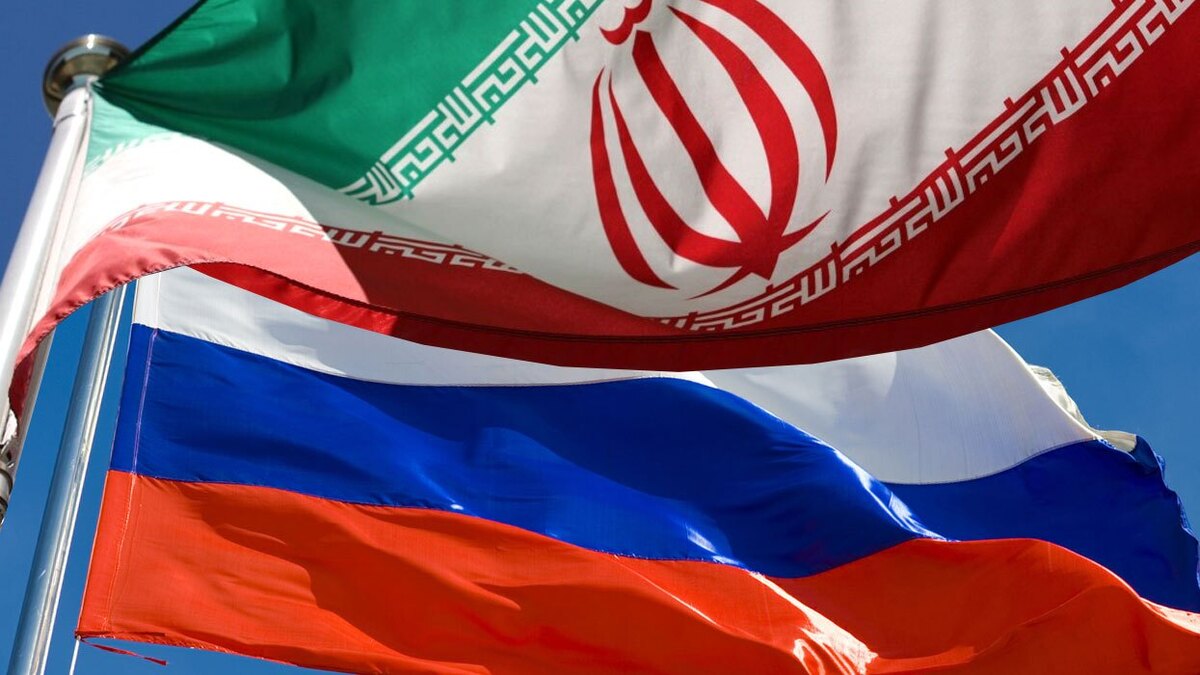

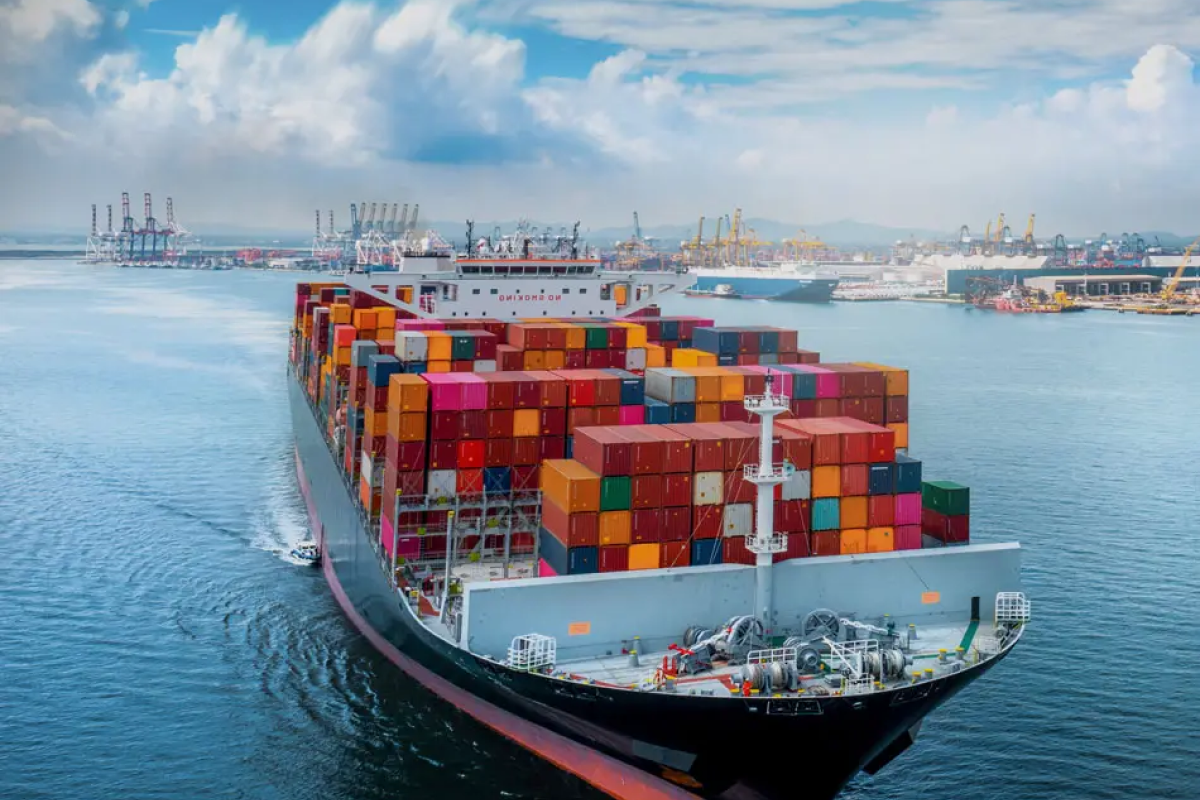
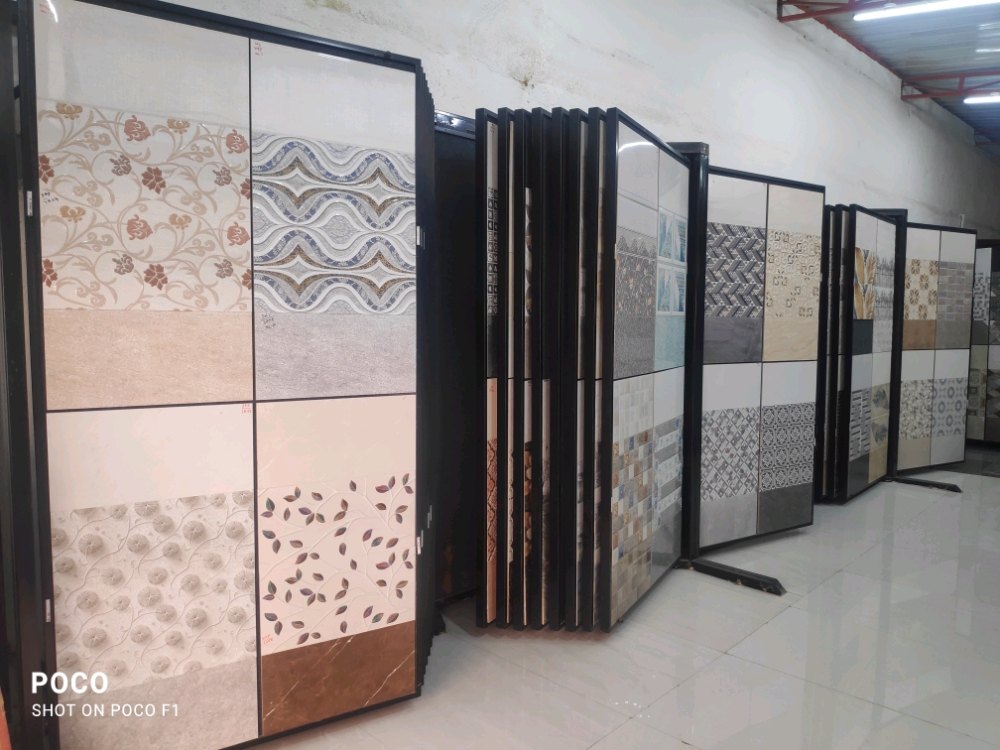


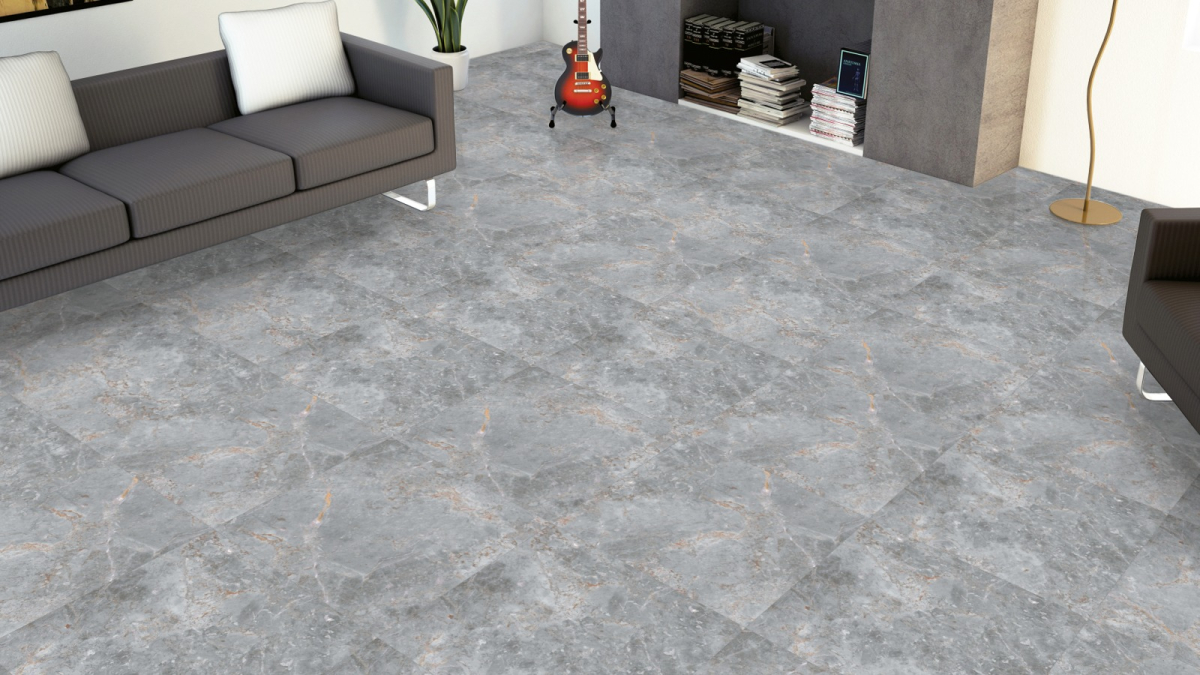
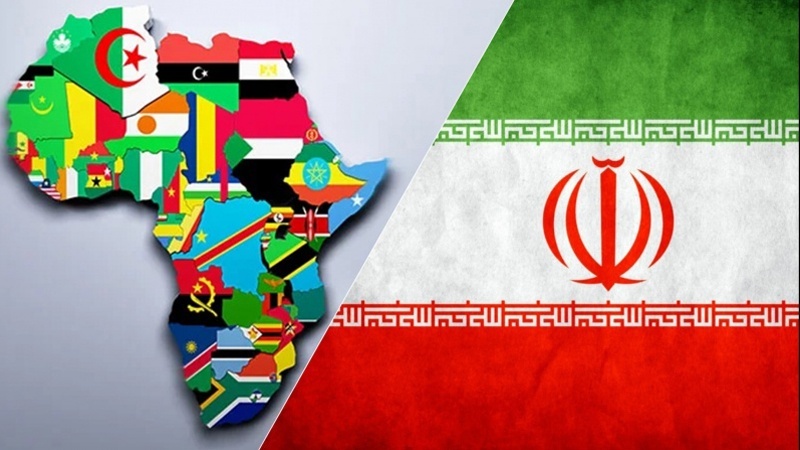
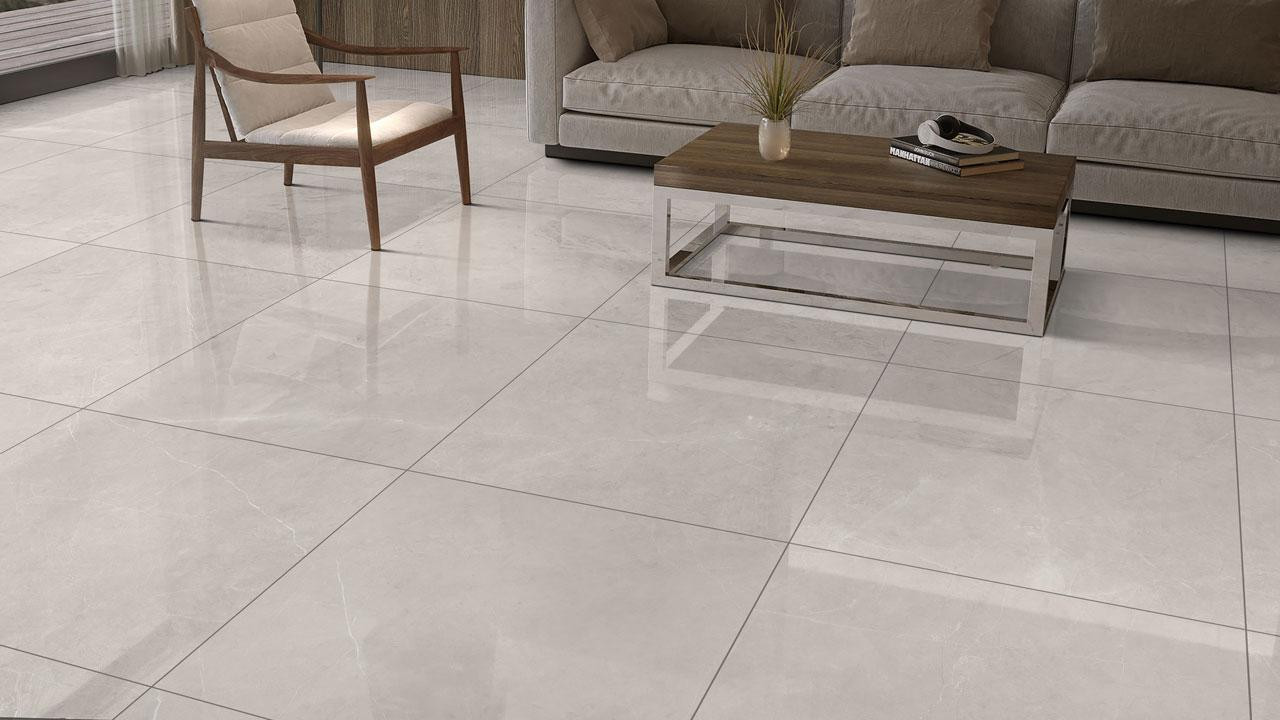

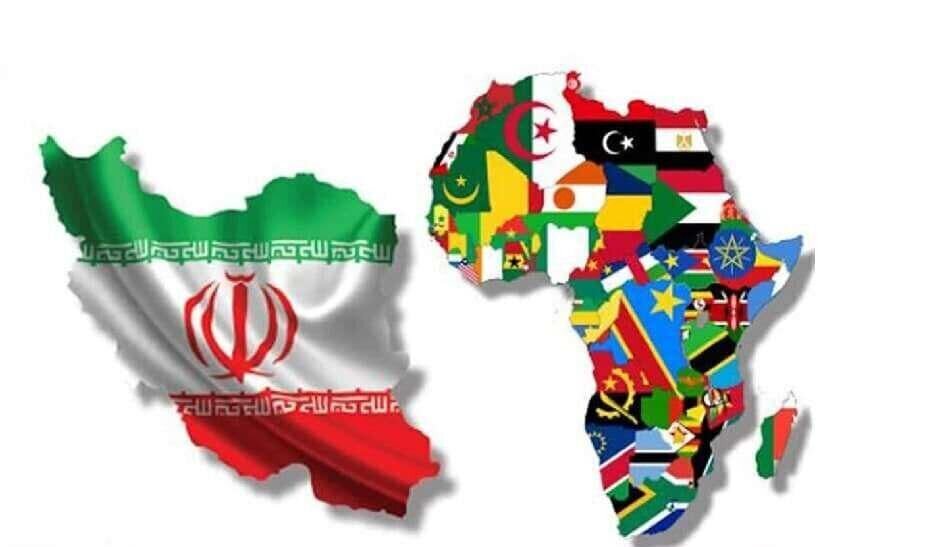
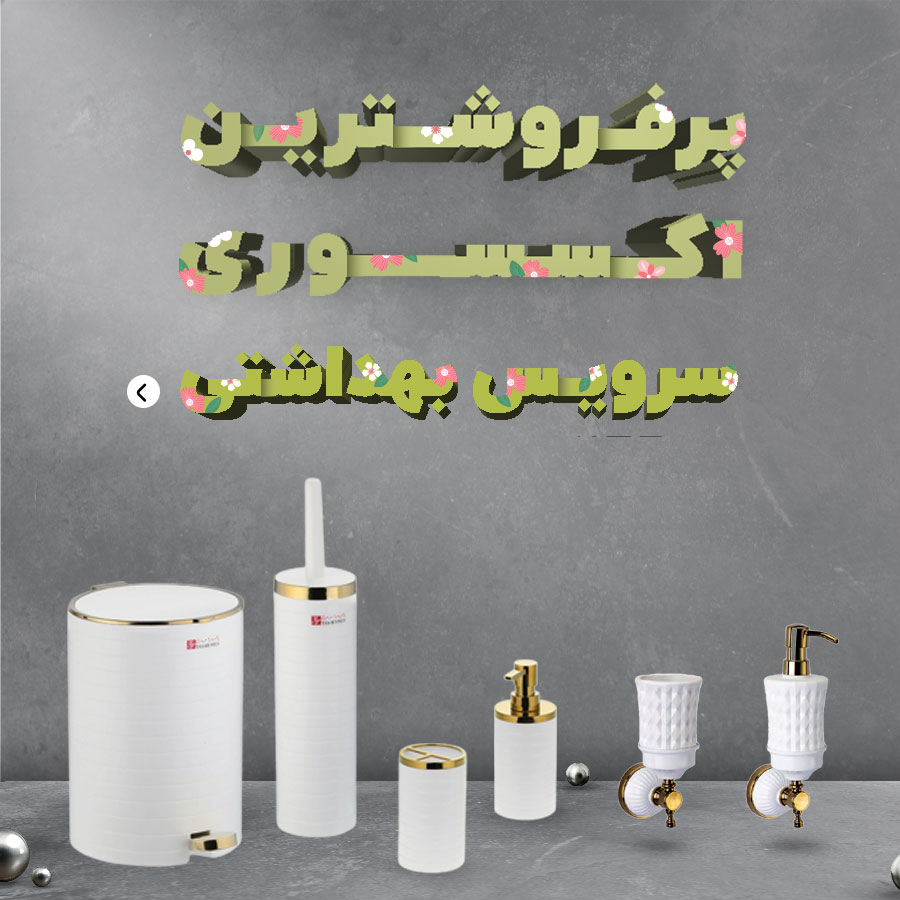

نظرات ۰